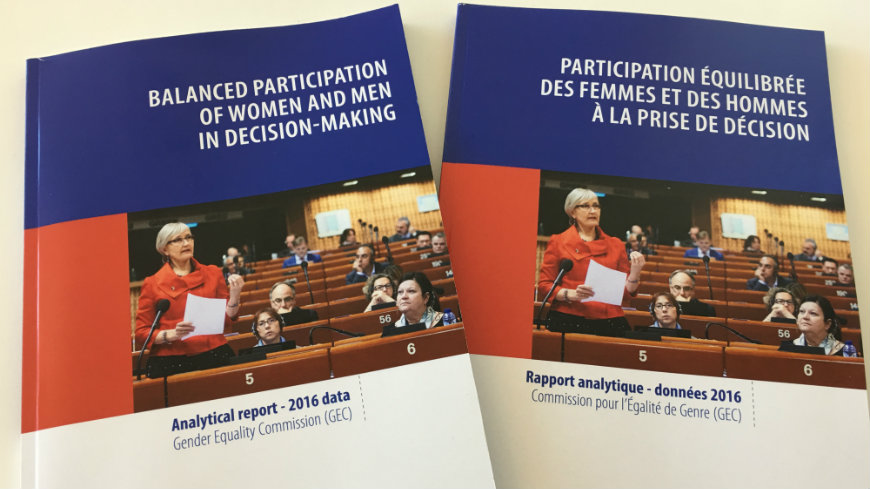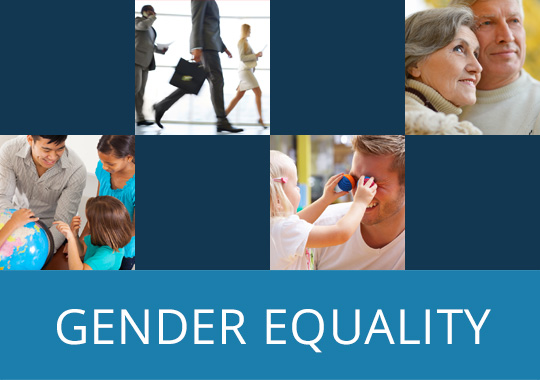European countries are still struggling to achieve gender balance in public decision-making, according to a new report from the Council of Europe.
The report looks at progress made by 46 countries towards the goal set by the Council of Europe’s Committee of Ministers in 2003 of having at least 40% of both men and women taking part in different aspects of political and public life.
It shows that:
- Only 2 out of 46 countries studied – Finland and Sweden – reached the 40% minimum target for women’s participation in lower or single houses of parliament in 2016; the average figure across Europe was 25.6%.
- None of the countries studied met the 40% minimum target for upper houses of parliament; the average percentage of women among appointed members was 35.8% and for elected members 23.9%
- The average proportion of women heads of state and government, heads of regional governments and mayors across Europe was below 17%
- On average, the representation of women in High/Supreme Courts was 33%; this compares to 28% in High Councils of the Judiciary and 26% in Constitutional Courts
- The overall low proportion of women ambassadors (13%) was among the least gender balanced in 2016
“These figures show that Europe still has a very long way to go to achieve gender equality,” said Council of Europe Secretary General Thorbjørn Jagland.
“I urge all member states to take positive steps to improve gender balance in public decision-making as part of their wider efforts to boost gender equality in all walks of life.”
Social media : #WomenInPower





